A Journey of Silk Sarees Elegance: From Silkworm to Shipping

In the realm of fashion, few garments possess the allure and timeless grace of silk sarees. These exquisite pieces are not merely articles of clothing; they stand as cultural emblems, encapsulating centuries of tradition and artistry. Have you ever pondered the intricate voyage these sarees undertake before adorning the shoulders of their wearers? Join us as we delve deeper into the fascinating end-to-end process of silk saree production, tracing the journey from the humble silkworm to the grandeur of shipping these luxurious fabrics worldwide.
The Birth of Silk
The odyssey of a silk saree commences with the remarkable journey of the silkworm. These minuscule yet mighty creatures diligently spin their cocoons, each filament a testament to nature's unparalleled craftsmanship. Primarily cultivated in regions like Karnataka, Tamil Nadu, and West Bengal in India, silkworms are tenderly nurtured until they reach the pivotal stage of cocoon formation.
Harvesting the Silk Threads
Upon completion of their cocoons, skilled artisans embark on the delicate task of harvesting the precious silk threads. This meticulous process demands precision and expertise to safeguard the quality and integrity of the silk. The cocoons are meticulously sorted based on criteria such as color, texture, and quality, laying the groundwork for the creation of exquisite silk sarees.
Spinning and Dyeing
Subsequently, the intricate art of spinning the silk threads ensues. Whether utilizing traditional spinning wheels or modern machinery, artisans skillfully transform the silk into fine yarns, poised to be fashioned into luxurious fabrics. This stage also encompasses the dyeing process, where age-old techniques are employed to achieve vibrant hues and captivating color palettes.
Weaving Magic
The heart of silk saree production lies in the meticulous weaving process. Talented weavers breathe life into the silk threads, painstakingly crafting each saree with unwavering precision and passion. Whether it's the intricate motifs of Banarasi silk or the understated elegance of Kanchipuram silk, every saree narrates a tale through its intricate weave.
Embellishments and Finishing Touches
Following the weaving phase, the sarees undergo a series of embellishments and finishing touches. This may entail intricate embroidery, exquisite zari work, or hand-painted motifs, imparting an additional layer of allure and sophistication to the final product. Each detail is meticulously executed, ensuring that every silk saree emerges as a masterpiece in its own right.
Quality Assurance
Prior to shipping, the sarees undergo rigorous quality assurance checks. Seasoned inspectors meticulously scrutinize each saree, upholding the highest standards of quality and craftsmanship. Any imperfections are diligently rectified, reaffirming the unwavering commitment to excellence that characterizes silk saree production.
Shipping and Distribution
Ultimately, the moment arrives to dispatch these exquisite creations to destinations across the globe. Whether destined for a boutique in Paris or a bridal trousseau in Mumbai, silk sarees find their way into the hearts and wardrobes of discerning patrons worldwide. Carefully packaged and dispatched with utmost care, each saree embarks on its own voyage, carrying forth a legacy of tradition and elegance.
Sustainability and Ethical Practices
In recent years, there has been a growing emphasis on sustainability and ethical practices in the silk industry. Many manufacturers are embracing eco-friendly production methods and supporting fair trade initiatives to ensure that the journey of silk sarees is not only beautiful but also ethical and environmentally responsible. From eco-friendly dyeing processes to supporting local artisans, these initiatives are transforming the landscape of silk saree production for the better.
Cultural Significance
Beyond their aesthetic appeal, silk sarees hold profound cultural significance. They are not merely garments but symbols of tradition, heritage, and identity. Each region in India boasts its own unique style of silk saree, reflecting the rich tapestry of Indian culture and craftsmanship. From the regal elegance of Benarasi silk to the vibrant hues of Mysore silk, each variety carries with it a story of its own, woven into the fabric of Indian heritage.
Future Trends and Innovations
As the fashion industry evolves, so too does the world of silk sarees. Designers are experimenting with new techniques, fabrics, and embellishments to reinvent this timeless garment for the modern age. From contemporary designs to fusion creations, silk sarees continue to captivate fashion enthusiasts around the world, ensuring that their journey from worm to ship remains as fascinating and enchanting as ever.
Conclusion
The end-to-end process of silk saree production serves as a testament to the timeless artistry and craftsmanship inherent in this iconic garment. From the humble inception of the silkworm to the grandeur of shipping, each stage of the journey epitomizes a dedication to preserving tradition and creating beauty that transcends generations. So, the next time you envelop yourself in a silk saree, take a moment to reflect on the remarkable journey that brought it to you, from worm to ship.

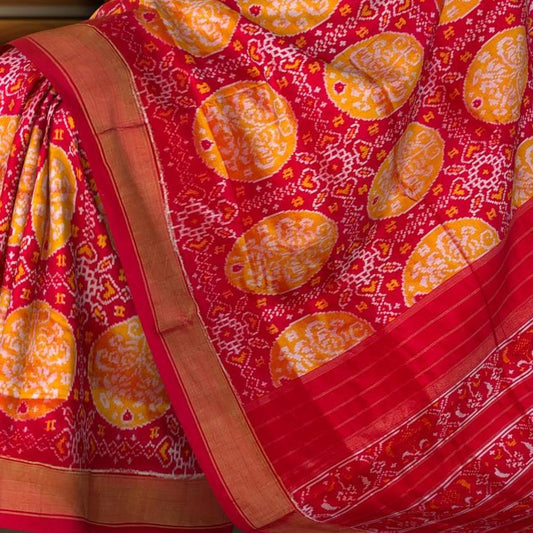
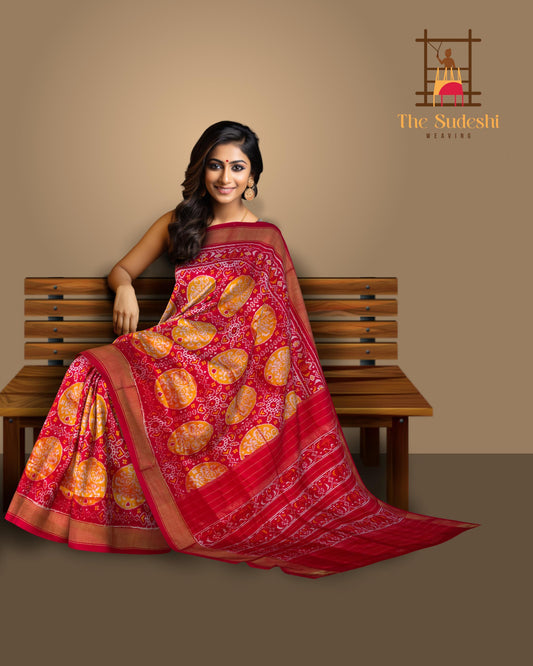
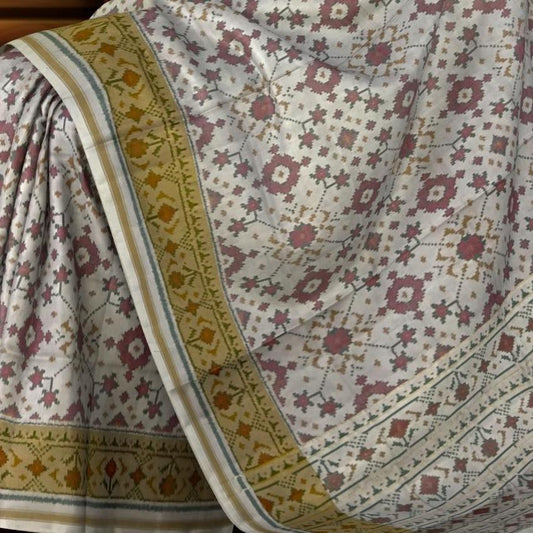
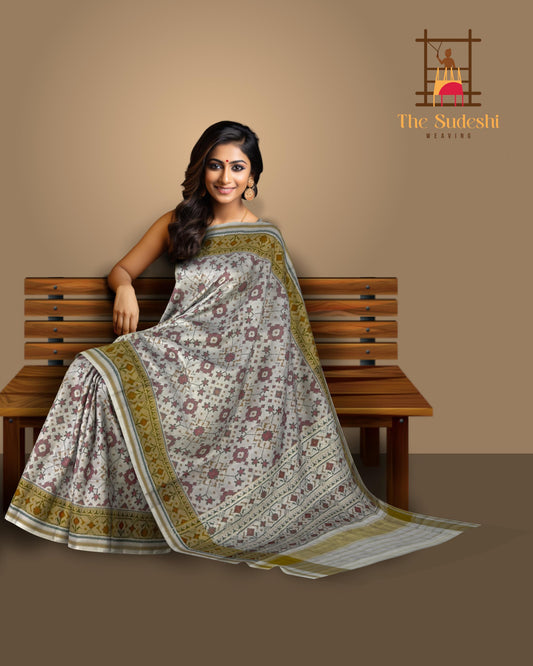
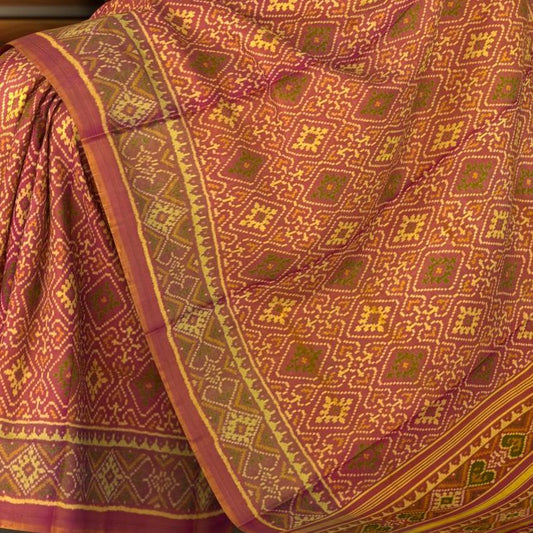
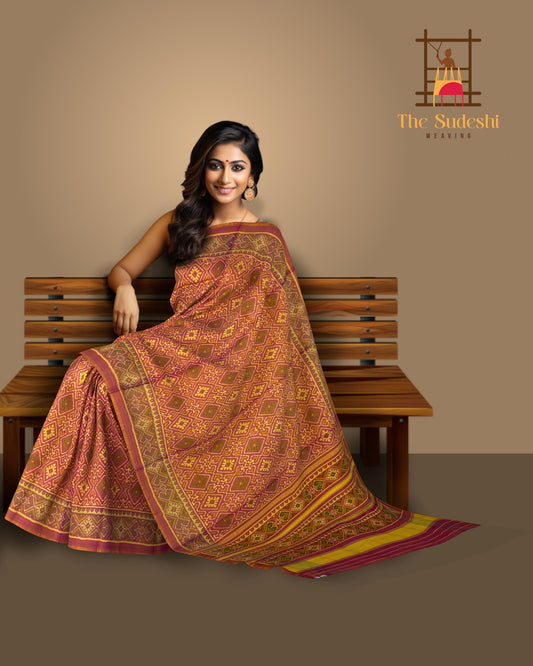
Leave a comment
Please note, comments need to be approved before they are published.